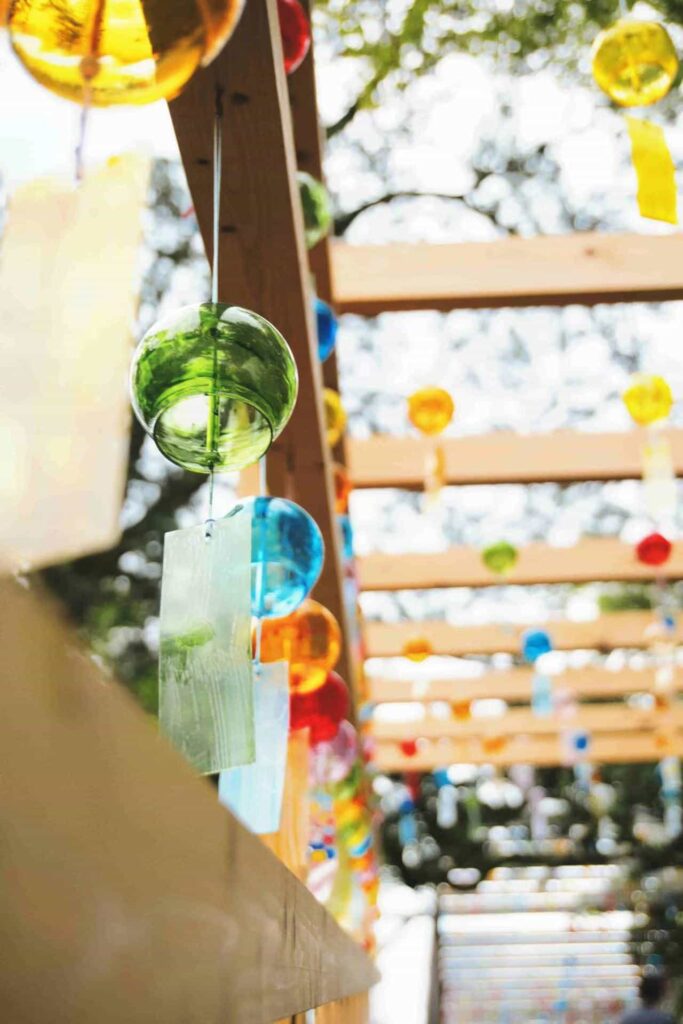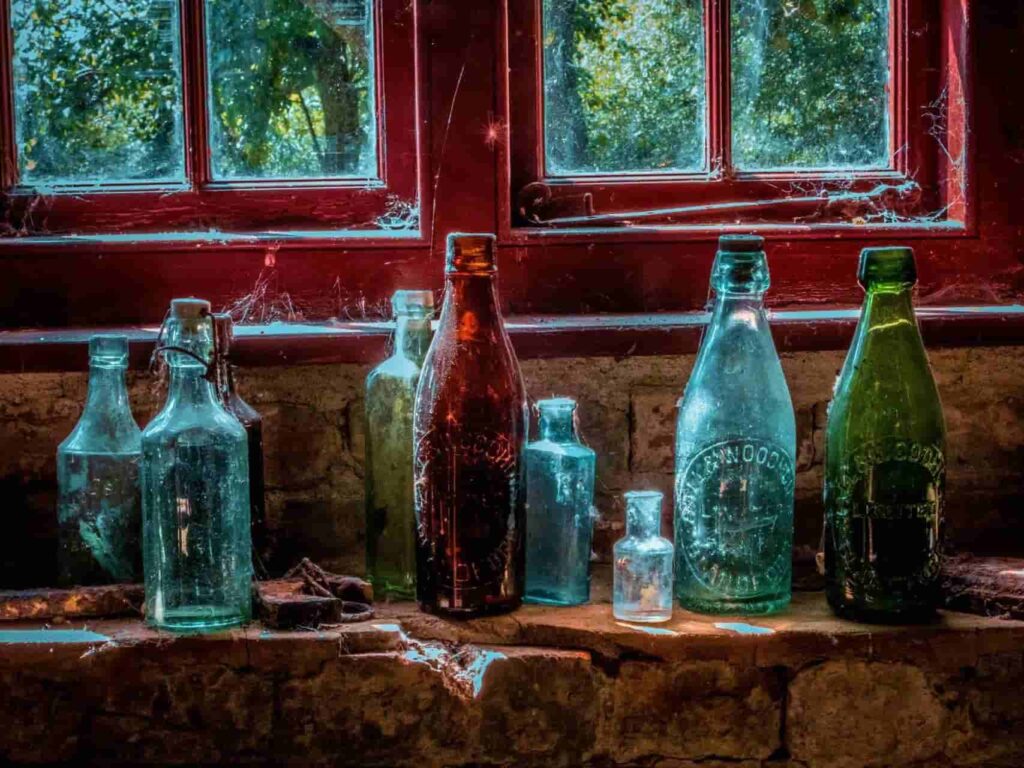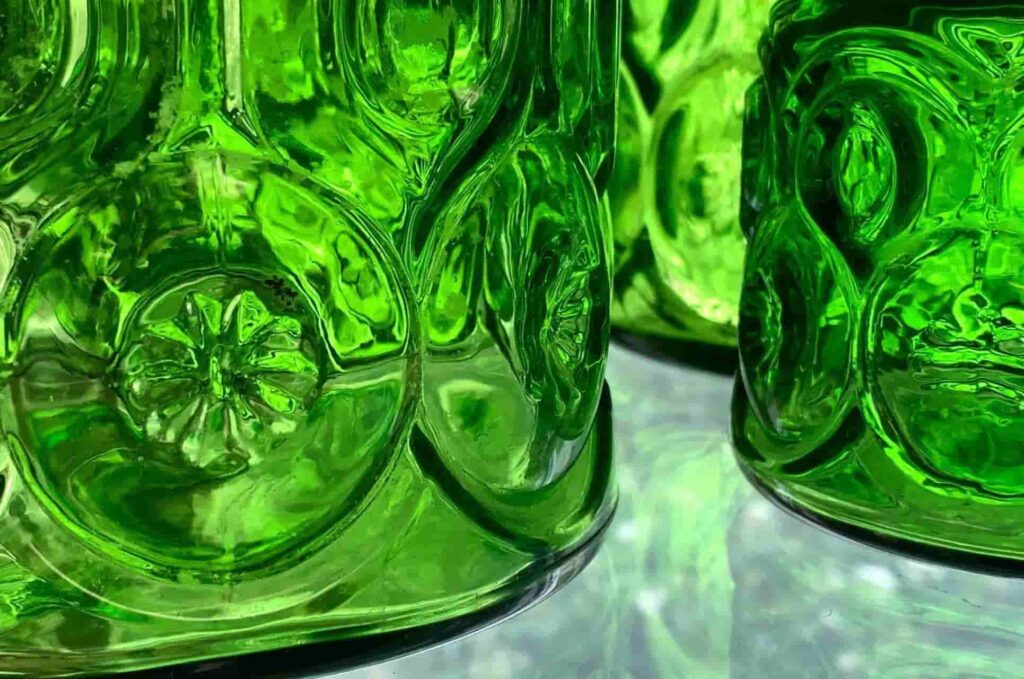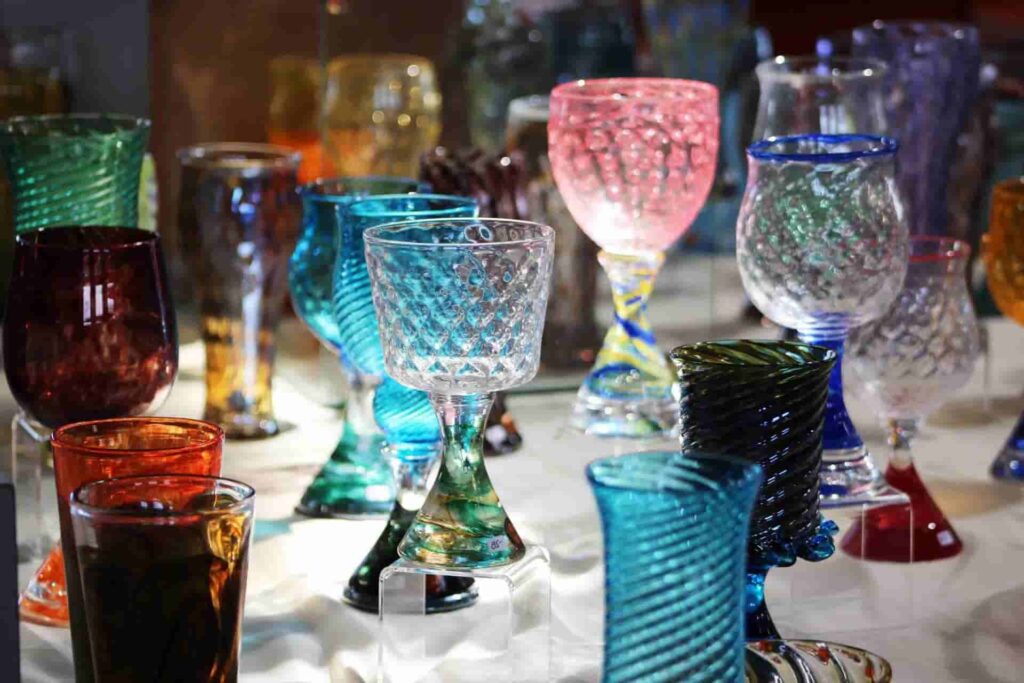In the dynamic and evolving world of glass manufacturing, striking the right chord between robustness and visual allure is paramount. The pursuit of this equilibrium has led to the widespread adoption of an innovative technique known as glass spray coating. This method goes beyond mere surface treatment; it fundamentally transforms the glass, reinforcing its physical attributes while simultaneously unlocking a diverse spectrum of stylistic options. Glass spray coating stands out as a game-changer, enhancing not only the durability and resilience of glass products against scratches, chips, and environmental factors but also greatly expanding the palette of aesthetic choices available to designers. From subtle tints to bold, opaque hues, and from glossy to matte finishes, the possibilities are virtually limitless. This versatility makes it a favorite across various sectors, including the beverage, cosmetic, and home decor industries, where differentiation and brand identity are key.
Section 1 What is color spray coating on Glass bottles
Color coating, often referred to as spray coloring, is a transformative technique in the glass manufacturing industry, particularly crucial for businesses like Smilebottles. This process is known for its ability to produce vibrant, lasting colors on glassware. Apart from its visual appeal, color coating serves to protect the glass from external elements, such as scratches and UV degradation, thereby prolonging its lifespan.
The Process of Applying Color Coatings
The process of applying color spray coatings on glass containers is a meticulous and multi-step procedure that transforms ordinary glass into vibrant, eye-catching, and durable products. This process is particularly important in industries where product differentiation and aesthetic appeal are crucial. Here’s a detailed look at each step:
▶ Cleaning and Preparation of Glass Containers
Initial Inspection: Before any coating is applied, each glass container is thoroughly inspected for defects such as cracks, chips, or inconsistencies in shape.
Cleaning: The containers are then cleaned to remove any dust, grease, or other contaminants. This is typically done using a detergent wash, followed by rinsing with deionized water. The cleanliness of the glass is paramount to ensure that the coating adheres properly.
▶ Application of a Primer (If Necessary)
Primer Coating: In some cases, a primer is applied to the glass surface before the actual color coating. This primer layer helps improve the adhesion of the color coat and can also contribute to the durability of the finished product.
Drying the Primer: The primer, if used, needs to dry completely before the color coating is applied. This can be done at room temperature or in a controlled heating environment.
▶ Application of the Color Coating
Choosing the Coating: The color coating typically consists of a colored resin mixed with solvents and other additives. The choice of coating depends on the desired appearance and functional properties, such as resistance to chipping, UV protection, or compatibility with the product inside the container.
Spraying Method: The color coating can be applied manually or with automated systems. In manual spraying, technicians use spray guns to apply the coating, which allows for greater control and customization. Automated systems, on the other hand, are used for larger production volumes and ensure consistency.
Layering: The application might involve several layers, depending on the desired opacity and hue. Between each layer, the coating is allowed to dry to prevent running or dripping.
▶ Curing the Coating
Curing Process: After the color coating is applied, the glass containers are moved through a curing process. This typically involves heating in a controlled environment, which helps the coating to harden and adhere to the glass surface.
Quality Check: Post-curing, the containers undergo another round of quality checks. This step is crucial to ensure that the coating is evenly applied and free of defects.

▶ Finishing Touches and Additional Coatings
Additional Layers: If required, additional layers, such as a protective topcoat or a decorative finish, can be added. These layers can provide extra protection against scratches, enhance gloss, or add texture.
Final Inspection: The final product is inspected for consistency in color, coverage, and quality. It’s also tested for durability, resistance to chipping, and adherence to any specified safety standards.
▶ Packaging and Shipping
Packaging: Once the containers pass the final inspection, they are carefully packaged to prevent damage during transportation.
Storage and Shipping: The finished products are then stored in a warehouse until they are shipped to the customer or the next phase of product filling and labeling.
Section 2 The Power of Color in Branding
Choosing to apply spray coating to glass containers is a decision influenced by several compelling factors. This process offers a range of benefits that can enhance both the functionality and aesthetic appeal of the glassware. Here’s a detailed explanation of why spray coating is a popular choice in the glass container industry:
▶ Enhanced Durability and Protection
Scratch and Impact Resistance: Spray coatings add a protective layer to the glass, making it more resistant to scratches, chips, and breakage.
Chemical Resistance: The coating can protect the glass from harsh chemicals, which is particularly important for containers used to store acidic or alkaline substances.
UV Protection: Certain spray coatings can block or filter UV rays, which is crucial for preserving the contents of the container, such as glass pickle jars, wine bottles, beer bottles, pill jars, and medicine bottles.
▶ Aesthetic Appeal and Branding
Color and Finish Variability: Spray coatings allow for a wide range of colors and finishes, including matte, glossy, translucent, or opaque. This variety is vital for branding and product differentiation in competitive markets, especially for beauty brands that need glass vessels such as glass cream jars, pump lotion bottles, glass candle vessels, glass reed diffuser bottles, perfume bottles etc.
Consistency in Appearance: Automated spray coating ensures a uniform application, which is essential for maintaining a consistent and professional look across all products.

▶ Improved Functionality
Temperature Resistance: Coatings can provide a degree of insulation, helping to maintain the temperature of the container’s contents.
Non-Stick Properties: Some coatings can minimize the adhesion of labels or other materials to the glass, making recycling and reuse easier.
▶ Economic and Environmental Considerations
Cost-Effective: Spray coating can be a cost-effective way to enhance the performance and appearance of standard glass containers, often being cheaper than producing colored or specially treated glass.
Sustainability: The use of eco-friendly coatings aligns with increasing consumer and regulatory demands for sustainable packaging solutions.
▶ Customization and Flexibility
Adaptability: Spray coatings can be applied to various shapes and sizes of glass containers, offering great flexibility in design.
Special Effects: Special coatings can be used to achieve effects like frosted glass, pearlescent finishes, or even thermochromic properties (color change with temperature).
▶ Improved Safety
Shatter Resistance: In some cases, coatings can help hold the glass together if it breaks, reducing the risk of injury and spillage.
Compliance with Regulations: Coatings can be formulated to comply with food and beverage safety standards, ensuring that the containers are safe for their intended use.
▶ Product Lifespan Extension
Wear and Tear Reduction: The protective layer can extend the lifespan of the glass container by protecting it from everyday wear and tear.
Maintaining Clarity and Brightness: Coatings can help preserve the clarity and brightness of the glass, ensuring it remains visually appealing over time.
In summary, spray coating on glass containers is a multifaceted enhancement technique that addresses practical needs like durability and functionality, while also providing significant benefits in terms of aesthetics, branding, and environmental sustainability. For businesses like Smilebottles, it’s a strategic choice that adds value to their products and appeals to a wide range of consumers and industries.













